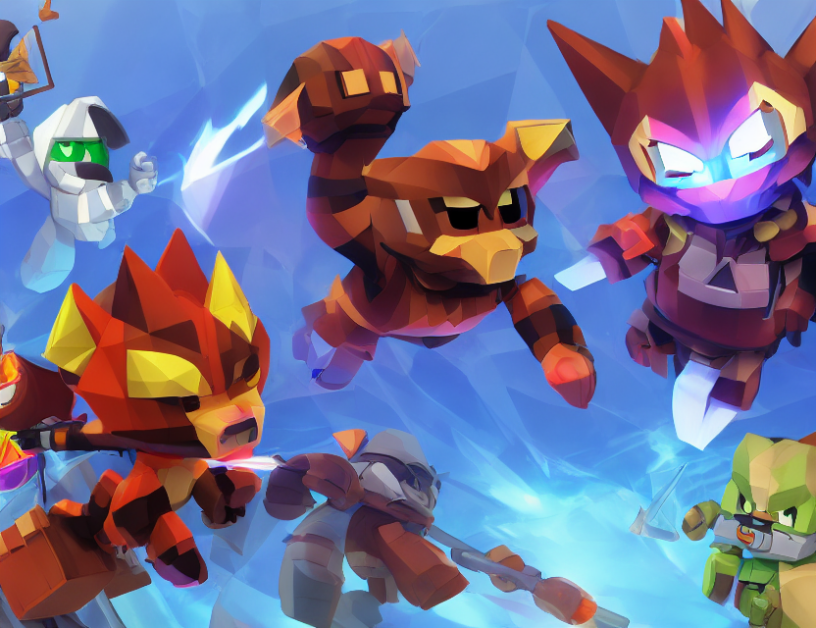Imagine you’re watching a movie and trying to describe it to a friend. You want to convey the excitement of the actors, the setting, and the plot without getting bogged down in unnecessary details. In computer vision and deep learning, we face a similar problem when processing complex data like videos. Multi-Head Attention (MHA) is a technique that helps us focus on the most important parts of the video, much like how our brains selectively attend to specific stimuli while ignoring the background noise.
What is MHA?
MHA is a variation of the popular Transformer architecture [10], which was designed primarily for natural language processing tasks. In MHA, the input data (e.g., video frames) is split into three parts: queries (Q), keys (K), and values (V). These parts are then multiplied together to compute an attention map that highlights the most relevant parts of the input data.
Spatial-Temporal Effective Body-part Cross Attention
Now, imagine you’re watching a tennis match on TV. The players are moving around the court, and their bodies are performing various actions. To recognize these actions, we need to analyze the spatial and temporal patterns in the players’ movements. Spatial-Temporal Effective Body-part Cross Attention (STEBCA) is a technique that combines both spatial and temporal attention to identify specific body parts and their movement patterns in videos [3].
How does MHA work?
The MHA process can be broken down into three main steps:
- First, the input data (Q, K, V) is transformed using a learned matrix (W) to create new representations of the input data.
- Next, the queries (Q) and keys (K) are dot-producted to compute the attention map, which highlights the most relevant parts of the input data.
- Finally, the attention map is used to compute a weighted sum of the value representations (V), resulting in the output feature maps.
MHA in Temporal Attention for Action Recognition
In the context of action recognition, MHA can be used to selectively focus on specific body parts or motion patterns in videos. By applying MHA to temporal attention [2], we can learn to recognize actions more accurately and efficiently. The basic idea is to apply MHA to the query (Q) and key (K) representations of different body parts or motion patterns, allowing the model to focus on the most relevant features when computing the attention map [3].
Conclusion
In summary, Multi-Head Attention (MHA) is a powerful technique that enables deep learning models to selectively attend to specific parts of the input data, much like how our brains process information. By combining MHA with temporal attention, we can improve action recognition by focusing on the most relevant body parts and motion patterns in videos [3]. As computers become more advanced, these techniques will enable them to better understand and analyze complex video data, leading to breakthroughs in various applications like healthcare and entertainment.



